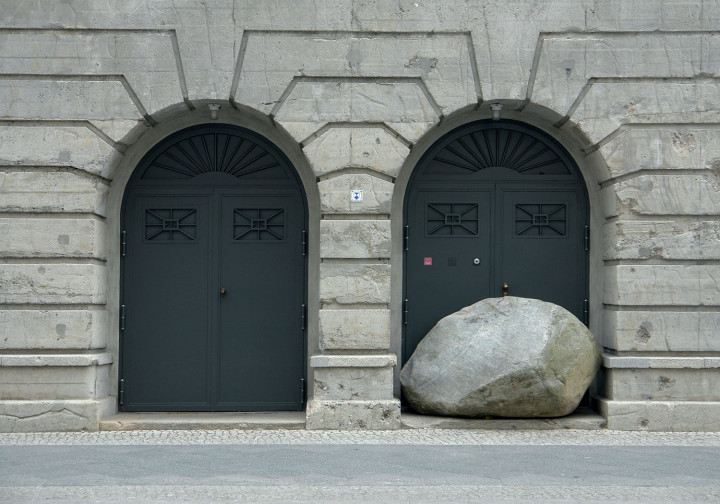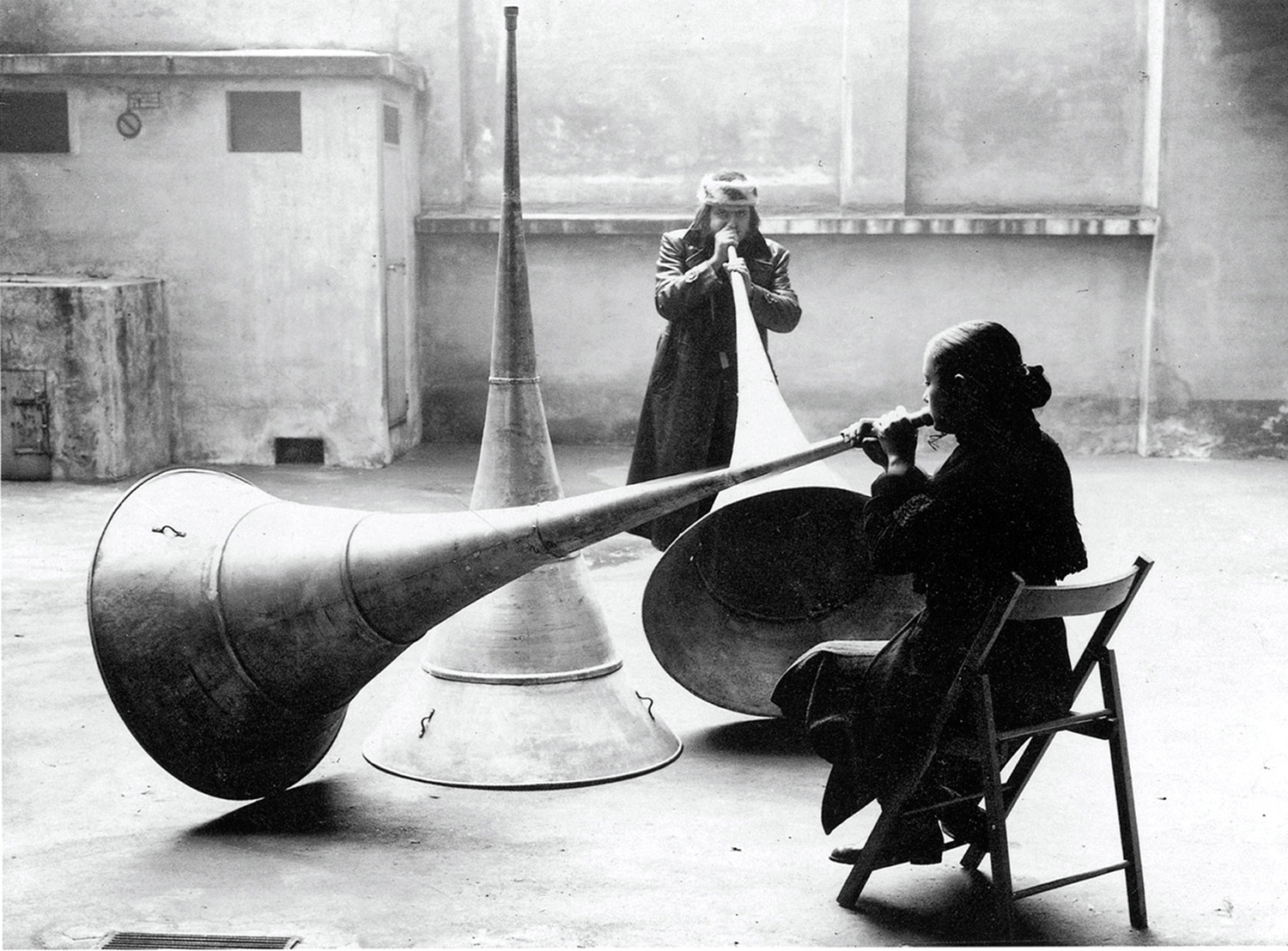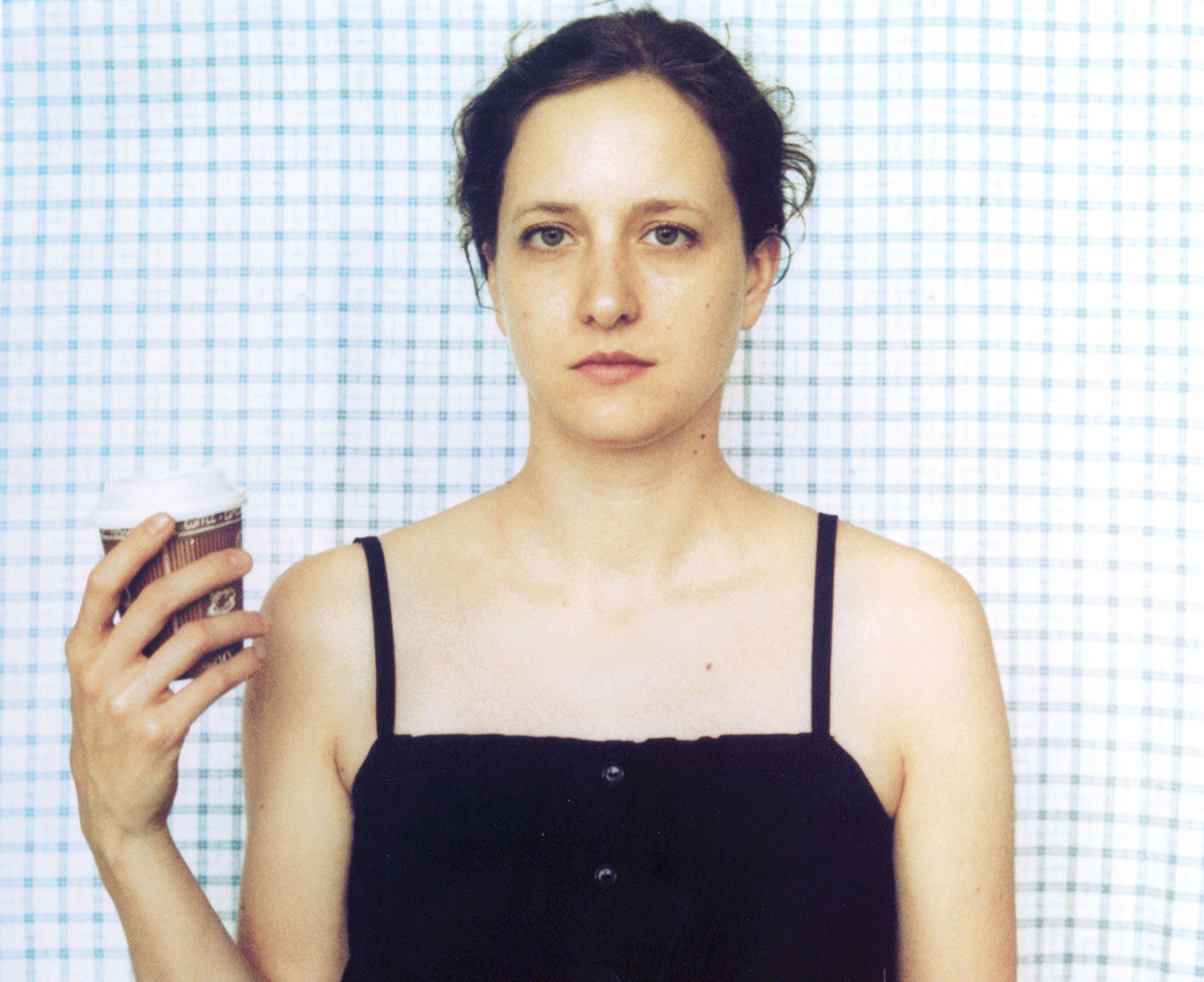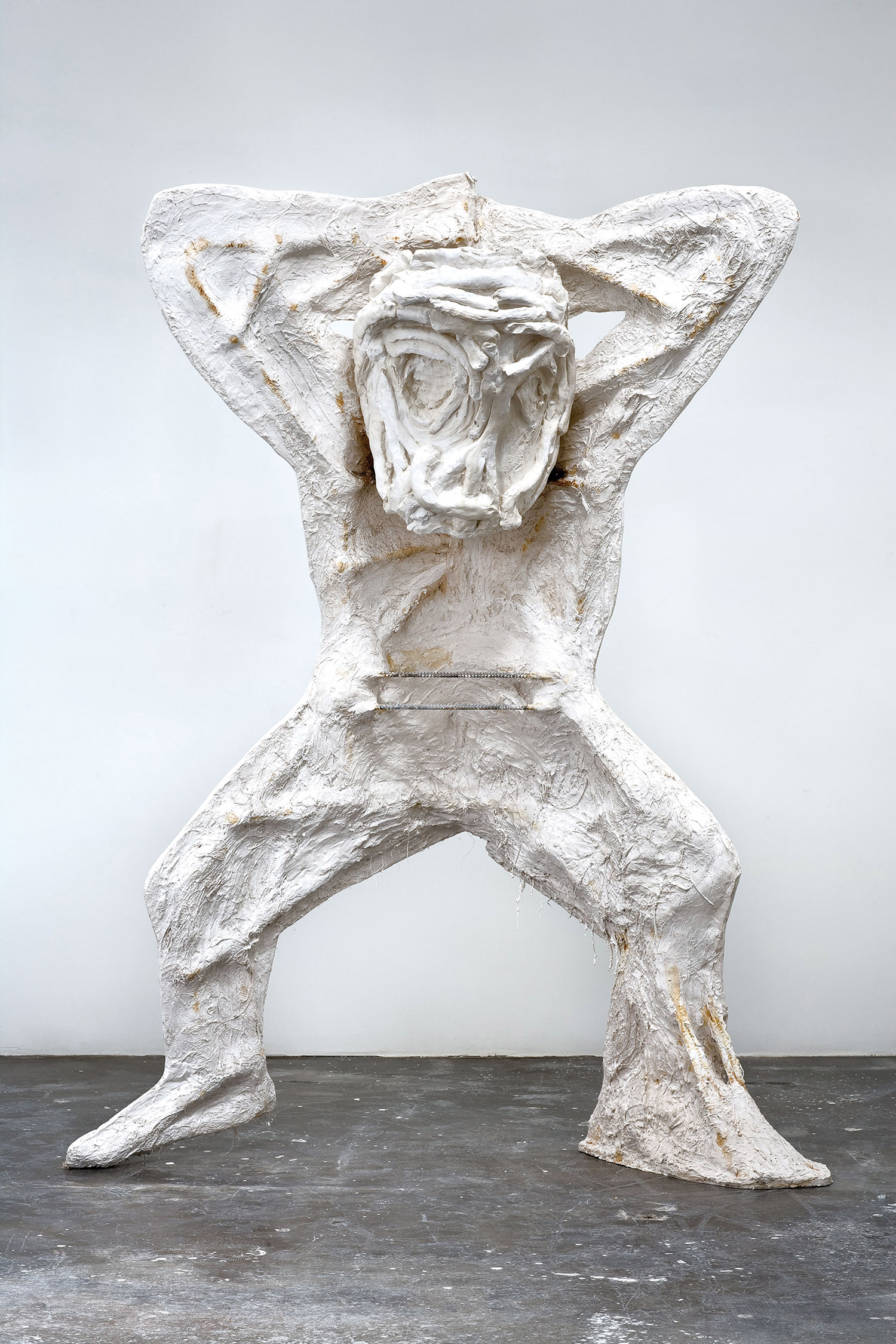
The examination and alteration of the institution and the display of art — as inaugurated by such artists as Michael Asher, Marcel Broodthaers and Daniel Buren in the ’60s — has indeed left its mark on art production today. While it appears that artist Mandla Reuter is influenced by this conceptually critical approach to art making and those artists associated with Institutional Critique, he reengages its spirit, fusing it with related and unrelated investigations, to occupy his own, unique position in the questioning of space and display, unearthing new questions in turn.
Notably, Reuter’s work can also be seen — or perhaps unseen — to be consistently pursuing art’s potential to occur and exist unexpectedly. One might experience a work by Reuter but not be aware of its existence — a result, in part, of a desire to disguise the works he produces, to camouflage them within the contexts they are exhibited. Time Has Ceased Space Has Vanished (2006), by example, is outwardly quite simple, as it comprises the entire lighting system of a museum, institution or commercial gallery exhibition space, and a single light switch. Its crux, the core of the work of art, lies behind its veiled appearance by way of a timer that shuts the lighting system down before the visiting public can view the entire exhibition from start to finish. Consequently requiring one to turn the lighting back on — resetting and restarting the piece unwittingly — the work inventively eschews the conventional relationship between work and viewer in favor of the viewer as an active agent, a primary and entirely necessary component of the work itself. Interestingly, while turning the viewer’s attention to what one would normally dismiss — and certainly not warrant close inspection — the work takes various forms and affects, not only in relation to the space it is exhibited in and in terms of scale, but also in accordance to its designated context, be it a solo or a group exhibition (in the latter case shaping the viewing experience of other artists’ works on display).
In Reuter’s other pieces, the context of the exhibition is also radically transformed by a simple, incisive gesture. BG (2007) and DKH (2008) consist of a complete set of keys of the spaces in which they are shown, without any vitrine or other display device securing them. Indeed, because of this, the spaces (museums in these cases) are placed in a precarious position of risk; the safe and safeguarded nature so synonymous with the museum has here been clearly ruptured. Perhaps more pointedly — and certainly a frequent and pervading theme throughout Reuter’s oeuvre — the works exemplify Reuter’s ability to so elegantly place aspects of the backstage on view, elevating objects of no apparent artistic significance.

The staging of exhibitions and artworks, as well as the role of the architecture they are contained in, brings us to another key strand of the artist’s work, yet still interrelated with the backstage, involving aspects of curatorial practice. With In View (2004) for example, several exhibition spaces were obstructed in such a way that to view the artwork exhibited, one had to use a hydraulic platform placed outside of the building in order to peer through the windows into the exhibition space. For what might seem influenced by the work of German artist Andreas Slominski — and his very typical way of working in which the most simple things are made complicated — in addition to recurring issues in Reuter’s practice, the work also brings to the fore his interest in film, namely, the construction and production of this medium. Translating techniques from the realm of film production to art production, it uses a very common camera movement, where the camera sweeps towards a building into a window to disclose the environment’s contents. One may think here of François Truffaut’s La Nuit Américaine.
Also navigating the filmic and the curatorial, for Invitation (2005) — a project produced in collaboration with artist Alexander Wolff — 500 invitation cards were distributed, each accompanied by a set of keys to an apartment in Warsaw. With its limited square footage, providing living space for no more than two persons, through Reuter and Wolff’s action the apartment was transposed from a private domain to a very public one. However, rather than the literal manifestation of the work, Reuter’s interest lies in its unfolding potential for consequential scenarios. Vital to the work’s overall purpose as well, it looks at how mediation can shape the overall experience of an exhibition, transforming involved aspects — in this case an invitation card — from a conventionally ancillary component into its core, rendering it as a work of art in itself. Another carefully constructed curatorial endeavor by Reuter, of which the artist similarly directed art into the means of its own mediation, is “Pigment Piano Marble” (2006). As an exhibition that purportedly took place in Buenos Aires, it followed all the co-ordinates associated with the formation of an exhibition: having a venue, inviting artists to participate, distributing a press release and even bearing an accompanying catalogue. What was not revealed however, and where the crux of it is located — perhaps also unveiling the status of an artwork and not of an exhibition — rests in the fact that the exhibition did not physically take place. It was a fiction given life through its surrounding elements: the announcement and catalogue, a review of the exhibition in an art publication and through word of mouth and rumor. Similarly, the fabrication of fiction as reality, as something deliberately misleading and not as it appears to be initially, is shared in the more conventionally appearing work At the End of the Day (2008). Taking the form of a framed photograph, the work was produced by a film team, and documents an attempt to produce a sunset in Bardenas Reales, a popular filming location in northern Spain, where the production of the work, and not the final result, is of key importance. It is interesting that both At the End of the Day and “Pigment Piano Marble” share an interest in failure associated with location. Bardenas Reales was the place where Terry Gilliam’s attempt to realize his adaptation of Don Quixote in 2000 was cut short, and Buenos Aires is the site where an exhibition curated by Duchamp did not take place in the ’60s.

Other works by Reuter also tackle elements aligned with film production, the film set and the surrealist use of location, instilling further scenario and proposition. The Great Maple (2008) is an example of such dealings and is constituted by two parts: the planting of a tree in the middle of a roadway in a remote location and its framed documentation. Each component leads a parallel existence, growing apart and accumulating meaning over time, as the tree grows and the work is exhibited and shifted from location to location. Untitled (2006 and 2009) also seems to come from the realm of cinematic production, appearing in the form of a prop, and one which used to physically obstruct an audience visit to an exhibition, opening out new perceptions, interpretations and understandings of those contexts. Reuter places a large, somewhat awkwardly scaled stone in front of the main entrance of an exhibition space, forcing a detour in the viewer’s path and instilling a sense of ambivalence as to where to enter. Bellagio (2008) also transports unfamiliar elements to and in the arena of art display, when a water connection from outside a building is fed through the exhibition space and left to rest on display, forming speculation over its potential and latent (in)action. In The Fourth Wall (2008) — the title of which indicates Reuter’s use of theater and staging — the strategy of transferring the direct surroundings of an exhibition space to its inside is again employed. A work conceived for the seventh Site Santa Fe in 2008 (perhaps Reuter’s most monumental work in scale to date) involved a large electric cable, coming from the city’s electric system, to be led through all the exhibition spaces and ending with a connection box, also on display, with no other works being present within the room it was stationed. The work contained enough electrical charge to power a large theater or even a small city, and perhaps by this Reuter is not only shifting the mise-en-scène into the foreground — the unseen yet necessary elements of living in the modern age and what the exhibition space is inextricably attached to and utterly dependent on — but also raises the outweighed and seemingly paradoxical distribution of volume versus power.
While at first glance Reuter’s work may seem to exclusively revitalize, rearticulate and rethink Institutional Critique and its constitutive core elements — which the work does indeed do so uniquely — it evidently extends beyond this examination as well. Reuter’s practice with its heterogeneity and extensive involvement — bringing together curatorial practice and the staging of the exhibitions, mining the translation of film production to art production and the construction of narrative without any hierarchy or discrepancy — ultimately reveals the artifice of art, yet uses it to construct and confront us with uncharted and imaginative territory that addresses us directly.





